A sore back.
It’s hard for Breanna Kessler to believe that’s how a harrowing health journey began in January 2021 for her now 13-year-old son, Izen Tsitsos.
At the time, Breanna gave Izen a pain reliever to make him more comfortable.
A few days went by with his back still aching, but not enough to keep Izen from his daily activities. Breanna dropped him off at school on a Wednesday morning and went off to her job at a local restaurant near their home in Sturgis, Michigan.
Two hours later, Izen called, asking her to come get him from school. His back was in excruciating pain, and his legs were now hurting.
By the time Breanna picked him up, he was sweating from the pain and could barely carry his backpack to the car. Now, he was also having pain in other parts of his body.
“It was the oddest thing,” Breanna said. “I knew this was more than a backache. I thought, ‘This is not good.’”
Unfortunately, she was right.
An uncommon diagnosis
They didn’t know it then, but Izen would eventually be diagnosed with a rare autoimmune disease called juvenile dermatomyositis, commonly referred to as JDM for short. It’s an inflammatory disease of the muscle, skin and blood vessels that typically causes muscle weakness. It affects about three in one million people.
That Wednesday afternoon, Breanna and Izen immediately visited his local pediatrician and at 4:30 p.m., the doctor called.
Izen’s bloodwork revealed that his creatine kinase levels were alarmingly high. He emailed the results to Breanna and told her to take him immediately to the emergency room and show them the results.
“I was flabbergasted,” she said.
The local hospital they visited that day admitted Izen–and from then on, he would be in two hospitals and a rehabilitation center for nearly four more months.
As the days and weeks passed, Izen’s creatine kinase levels fluctuated, but trended higher. Meanwhile, Breanna watched as Izen became increasingly weak.
“He got to the point where he could not move,” Breanna said. “He couldn’t even roll over in bed. His muscles were breaking down for no reason. I didn’t know what to expect. I didn’t know what to do.”
Eventually, she said Izen got to the point where he struggled to swallow.
Doctors from the local hospital where Izen was a patient consulted by phone with specialists from Corewell Health’s Helen DeVos Children’s Hospital. Exactly four weeks after he had been admitted, Izen was transferred to the children’s hospital.
There, he came under the care of pediatric rheumatologist Elizabeth Kessler, MD. (While they have the same last name, they are not related).
She suspected juvenile dermatomyositis, and treated him as if he had it, but his case was a bit baffling to her and other experts.
“His case was unusual, in that the majority of kids who have inflammation of muscles have classic findings on biopsy, as well as other exam findings. He did not have that,” Dr. Kessler said.
“He was a rare presentation of a rare disease,” she said.
The day Dr. Kessler met Izen in person at the hospital, he was “very weak.”
“He was not able to sit up on his own or walk,” she said.
While the high dose steroid treatment he had been undergoing started to work, it was a new treatment, called intravenous immunoglobulin, or IVIG, that really helped, Breanna said. IVIG is a therapy treatment that is prepared from a pool of immunoglobulins (antibodies) from donors, helping to prevent the body from attacking itself and to decrease inflammation.
“It was kind of like a whole new ball game,” Breanna said. “He could actually sit up a little bit … I was finally beginning to see a little bit of light at the end of tunnel, and I thought maybe there is hope and we can figure it out.”
In March, Izen was discharged to Mary Free Bed Rehabilitation Hospital, where he continued the rehabilitative therapy initiated in the hospital, including walking with a walker for short distances.
“He would still get very, very tired and was still very weak,” Breanna said.
Four weeks later, in April, Izen went home. He did outpatient physical therapy four days a week and went in to the local hospital once a week for an IVIG and steroid treatment. He was also on multiple medications at home.
Breanna will never forget what happened one Saturday in May. Izen, who had been a very active and athletic child, asked to go watch his travel baseball team play. On the way, Breanna’s phone rang. It was Dr. Kessler.
She had reached out to Lisa Rider, MD, a pediatric rheumatologist and Head of the Environmental Autoimmunity Group at the National Institutes of Health, in Bethesda, Maryland. She’s a leading expert on juvenile myositis.
“Dr. Rider called her back instantly on a Saturday, and then Dr. Kessler called me,” Breanna said.
It was the diagnosis confirmation they both were looking for: juvenile dermatomyositis.
“I felt a bit relieved because we finally had a diagnosis,” Breanna said. “Now we can treat the problem and work from there.”
Invested in his own care
Dr. Kessler recommended eight rounds of chemotherapy for Izen at Helen DeVos Children’s Hospital.
“An overactive immune system was the cause of the severe inflammation of his muscles, and the chemotherapy was in combination with additional medications to target his immune system,” Dr. Kessler said.
Before that, though, Breanna had another tough conversation with her son: the chemotherapy might end his chances of ever having children biologically. So, doctors offered him the opportunity to participate in a fertility preservation research study in Chicago. He decided to do it.
Chemotherapy came with its own challenges: hospitalizations for an infection and later, a blood clot in his leg, Breanna said.
But the treatment got him back to the active boy he had been, playing baseball and basketball again.
“From where he was until now is like a whole new ballgame,” Breanna said.
He now has a steroid and IVIG treatment every six weeks, and Dr. Kessler monitors his bloodwork every two months. He is also on two other immunosuppressant treatments, Dr. Kessler said.
She’s pleased with his progress.
“I think the unique thing about Izen is that he has been really invested from the beginning,” Dr. Kessler said. “He knows his medications. He follows his labs. He asks questions. His understanding is more than I would expect for someone his age. The combination of him having a good grasp of everything, and then to see him get better along the way is very fulfilling.”
She credits the hospital’s coordinated care and multidisciplinary approach for his care, including neurology, hematology, infectious disease and physical therapy.
And of course, his beloved nurses, including Jaclyn Kukulies, RN.
“Izen and his mom are extraordinary people,” Jaclyn said. “They have been so on top of his care from the beginning. I have never met a kid like Izen, who is so involved in his care and willing to learn. He advocates for himself which is exceptional for a kid his age.”
She said Izen and Breanna exude positivity.
“They have been dealt a lot, and they have handled everything with such grace,” Jaclyn said.
Breanna said that she tried to keep life as normal as possible throughout everything.
“I have never actually put our life on hold,” Breanna said. “We just kept going. I had no choice.”
That meant maintaining a busy schedule for her 17-year-old daughter, Bella, who plays travel volleyball and recently accepted a scholarship to play in college.
“You just have to focus and keep your mind set to what you want to keep going,” Breanna said.
Izen got back to sports, and even went to summer camp with the help of his friends, she said.
“I just want to be sure he has the best life possible,” she said. “I let him tell me what he can and cannot do. He’s a tough kid.”
Meanwhile, they continue partnering with Dr. Kessler as she determines what’s next in his treatment. While nobody knows the cause and relapse is possible, they are doing all they can to avoid that.
“We love her,” Breanna said of Dr. Kessler. “That whole team is amazing. For her to reach out and look for other doctors to help her … She was trying to do the best she could for Izen.”
So, they battle on.
“I don’t want it to destroy our life,” Breanna said. “I want us to be able to destroy it.”
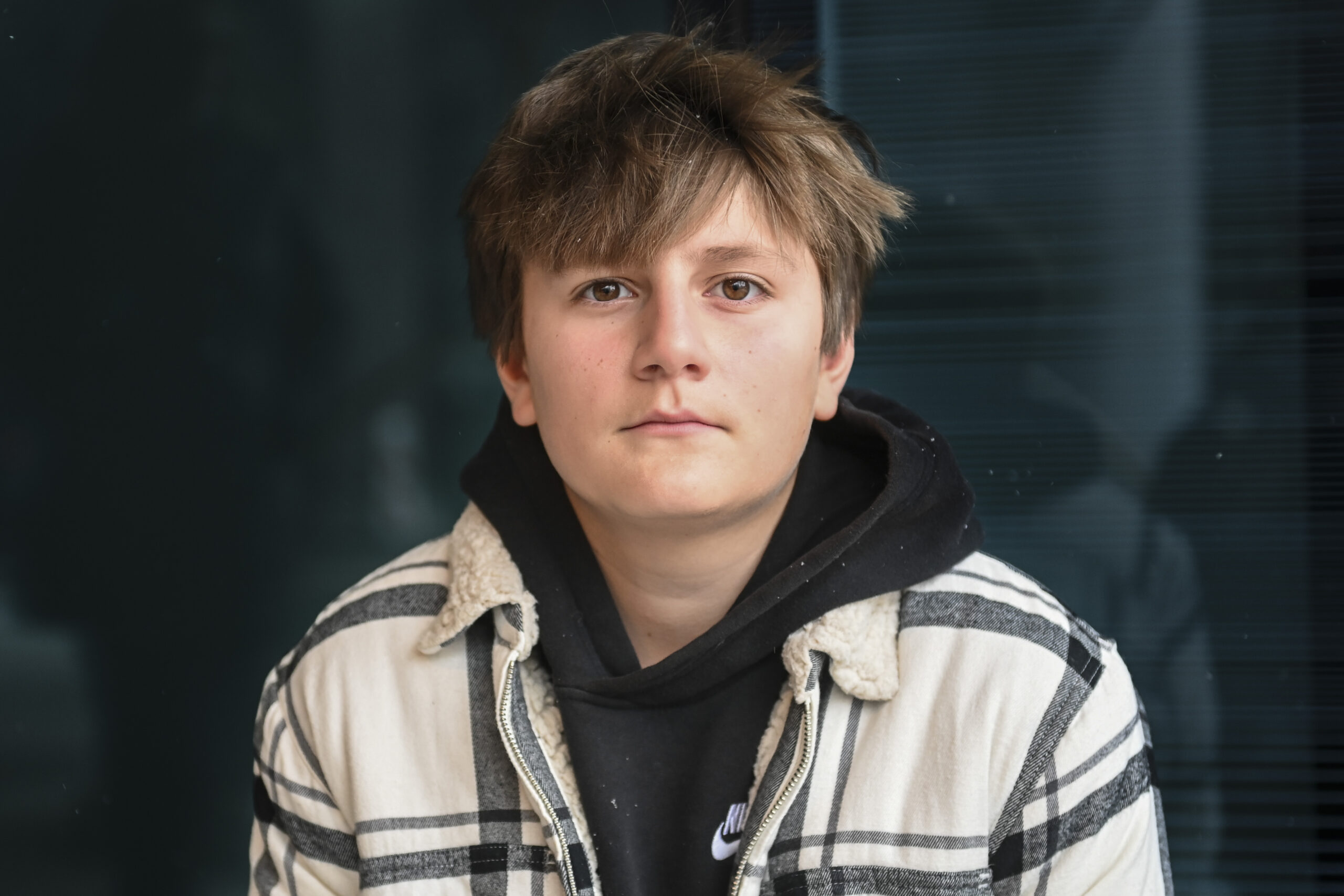
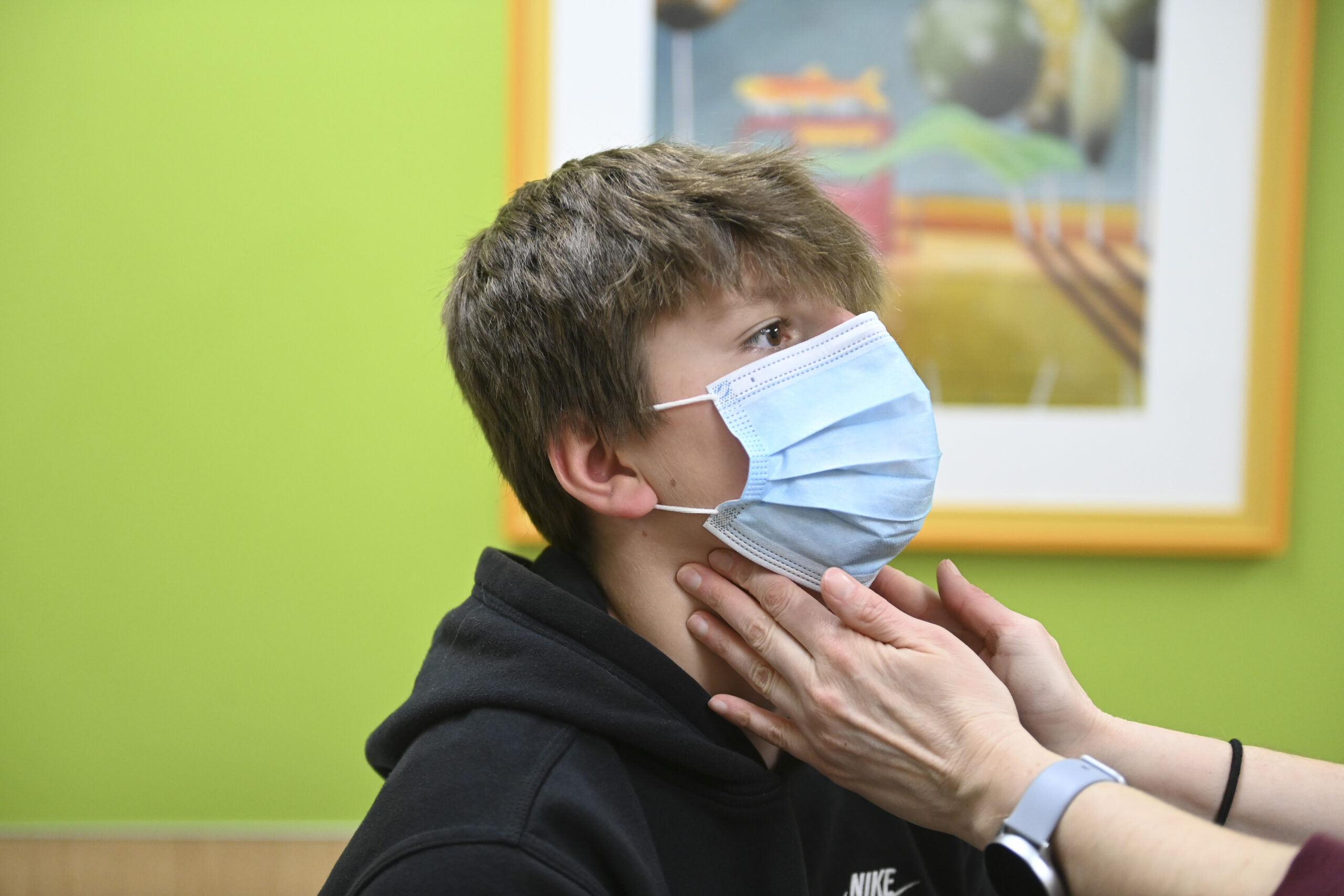
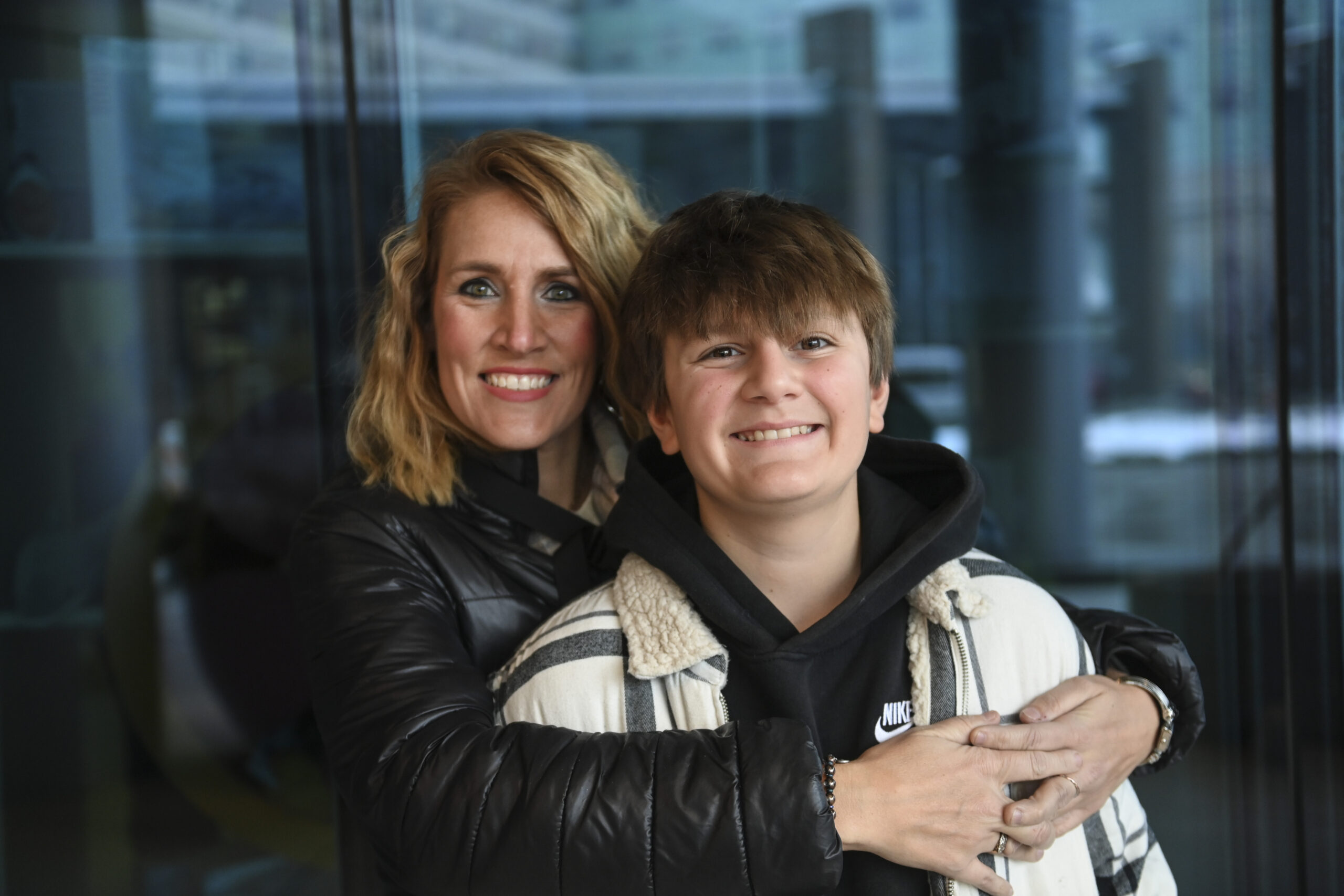

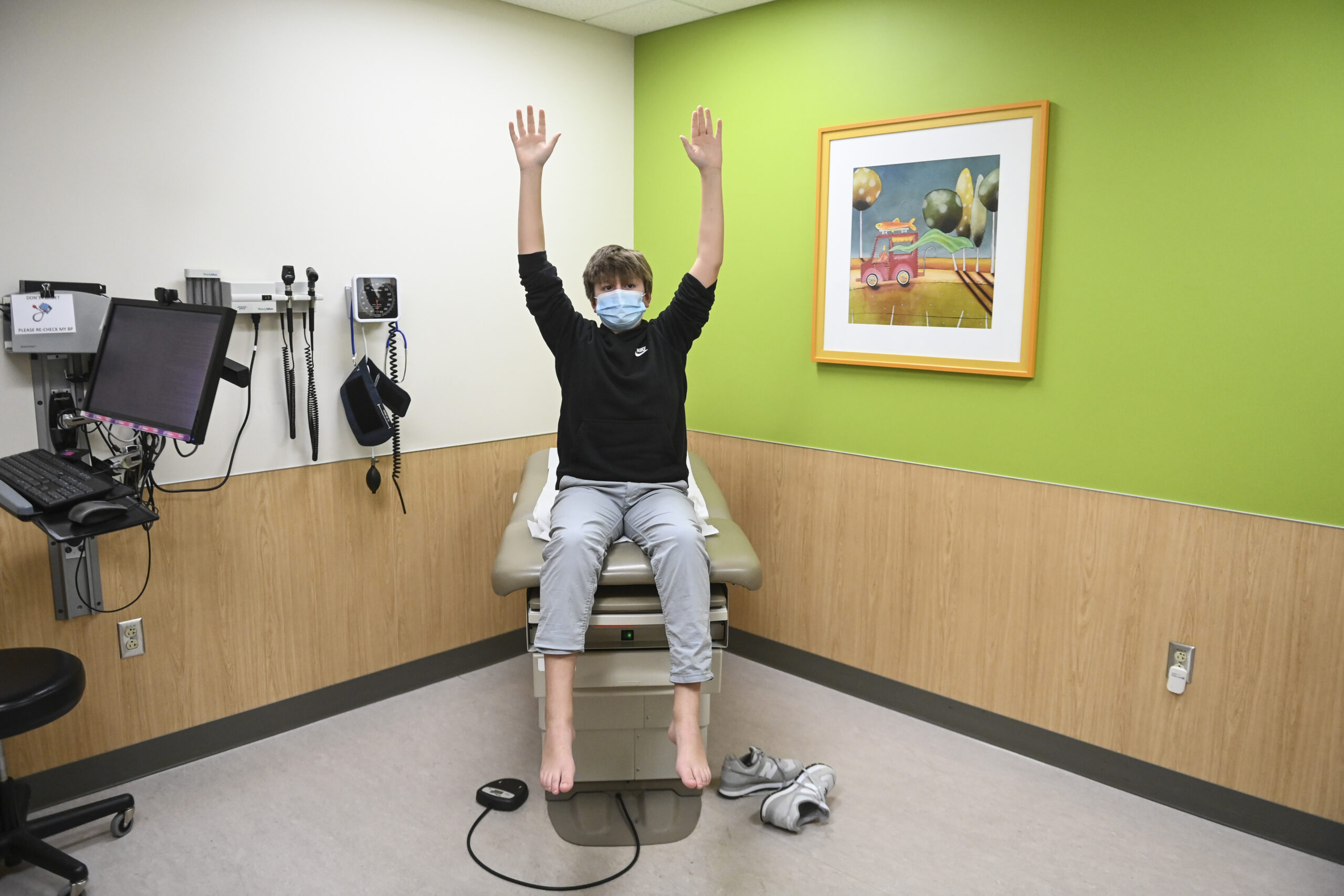
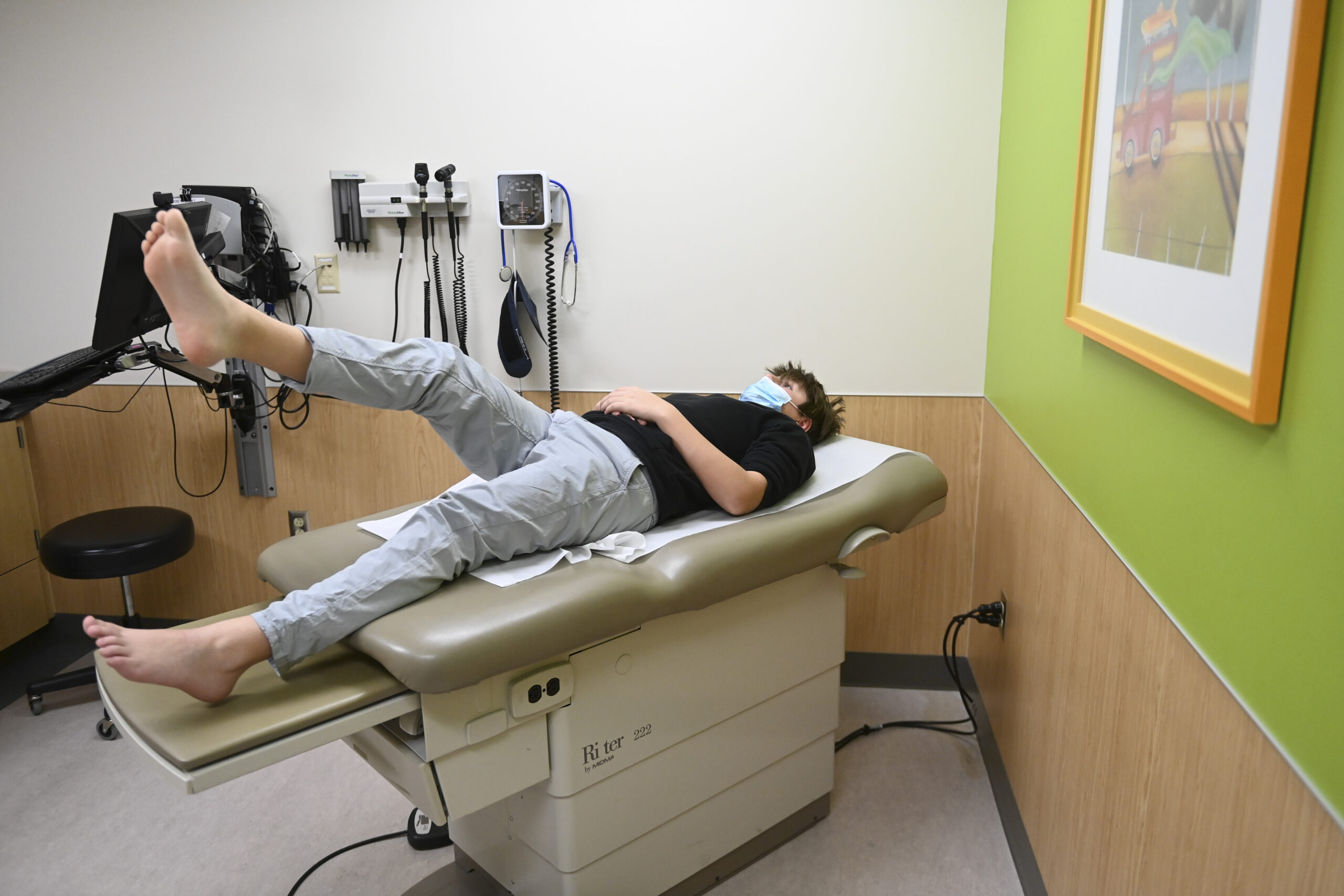
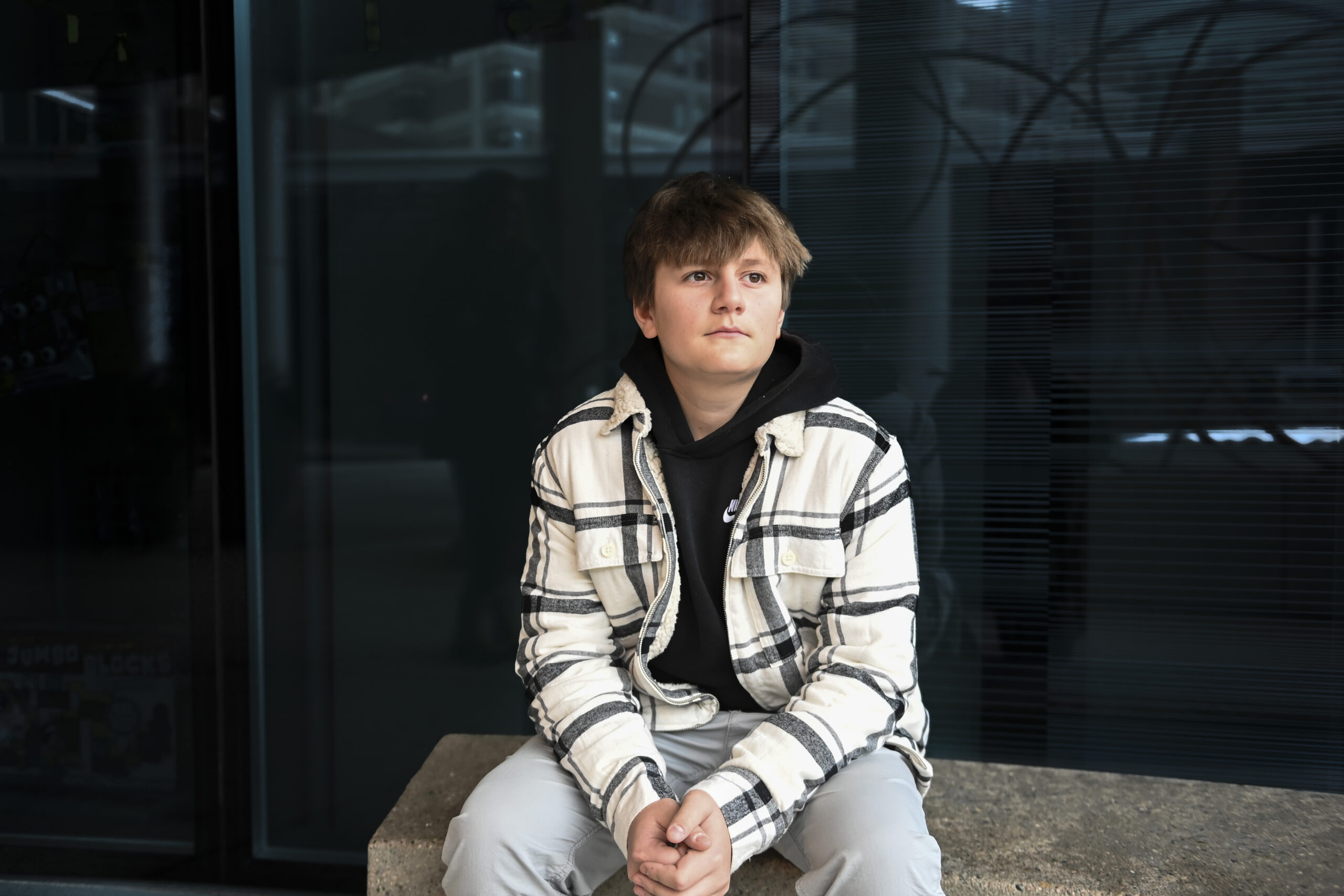




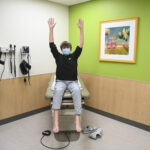
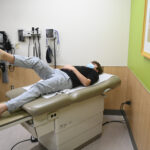

 /a>
/a>
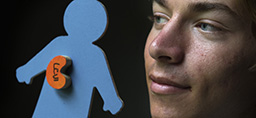 /a>
/a>
 /a>
/a>